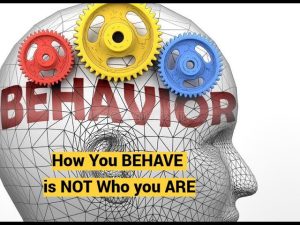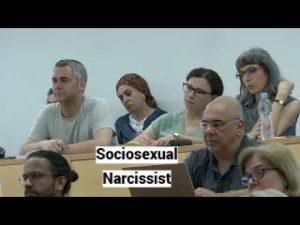Summary on Borderline Personality Disorder and Borderline Mothers
Understanding Borderline Personality Disorder (BPD)
- BPD is debated within psychiatric communities, with DSM (mostly used in North America) recognizing it whereas ICD (used globally) does not include it. However, the existence of borderline personality organization is acknowledged but interpretations vary [03:40].
- Six key clinical features of BPD include innate emptiness, emotional dysregulation, constant suicidal ideation and self-harm, persistent anger, intense unstable relationships with cycles of idealization and devaluation, and “twin anxieties” involving fear of abandonment and fear of intimacy [10:25].
- BPD traits can vary across individuals and not all exhibit every feature [10:25].
Childhood Experience with Borderline Mothers
- Children often experience unpredictable rage, emotional dysregulation, parentification (child acting as the parent), and splitting (favoritism patterns among siblings) [13:10].
- Children of borderline mothers tend to have insecure attachments, hypervigilance, suspicion, and a legacy of emotional struggle [16:20].
- Borderline mothers often expect children to regulate their emotions, causing inversion of roles and emotional instability in the child [16:40].
Comorbidities and Relationship Patterns
- Borderline individuals often co-occur with traits of narcissistic personality disorder and psychopathy, complicating the clinical picture [20:10].
- Borderlines tend to seek partners with strong self-confidence, often narcissists or psychopaths, outsourcing emotional regulation to others, which can lead to rage when expectations are unmet [21:00].
- Some borderline mothers worsen with age due to comorbid narcissism or psychopathy, rather than BPD itself, which tends to remit after age 35 [25:00].
Prognosis and Treatment
- BPD tends to remit in over 80% of cases after age 35, possibly due to neuroplasticity and brain adaptation [23:40].
- Dialectical behavioral therapy (DBT) is effective in about 50% of cases across age groups, increasing with age [24:20].
- Adult children of borderline mothers can achieve recovery and reduce internalized negative voices and trauma with therapy such as cognitive behavioral therapy (CBT) and psychodynamic therapies [40:00].
Differentiation from Other Disorders
- Bipolar disorder differs from BPD as bipolar moods cycle over weeks/months predictably, whereas BPD moods and reactions are rapid and unpredictable, often shifting within hours [36:00].
- Bipolar behavior is a direct result of mood disorder, while BPD has a broader pattern involving attachment fears, emotional dysregulation, and interpersonal instability [36:30].
Impact on the Child’s Internal World
- Borderline mothers often use splitting (good/bad extremes) and gaslighting that leads children to internalize a sense of failure, unworthiness, and self-blame [38:20].
- Children often cannot perceive the borderline mother as dysfunctional due to dependency, instead blaming themselves [39:00].
- The portrayal of borderline mothers in media (e.g., Livia Soprano) reflects typical patterns including drama as a manipulative regulatory mechanism and victimhood complex [44:00].
Psychopathy as a Co-morbidity
- Psychopathy exists on a spectrum, most psychopaths are functional members of society; traits include superficial charm, lack of empathy, and goal-orientation [28:30].
- High co-occurrence between BPD and psychopathy is noted, complicating maternal behavior and child outcomes [29:30].
Personal Reflections and Cultural Observations
- Personal experiences affirm the duality of borderline mothers being charming publicly and difficult privately, causing confusion and disbelief among children recounting their experiences [30:50].
- Cultural misunderstandings equate borderline traits with bipolar disorder, underscoring the need for clearer clinical distinction and awareness [35:00].
Final Encouragement and Hope
- Recovery for children of borderline mothers is very possible with awareness and therapeutic intervention [41:50].
- Therapies are available that can eliminate harmful internal messages and improve psychological functioning [43:00].
Note: The timestamps correspond to the approximate moments described in the transcript for easy reference.






